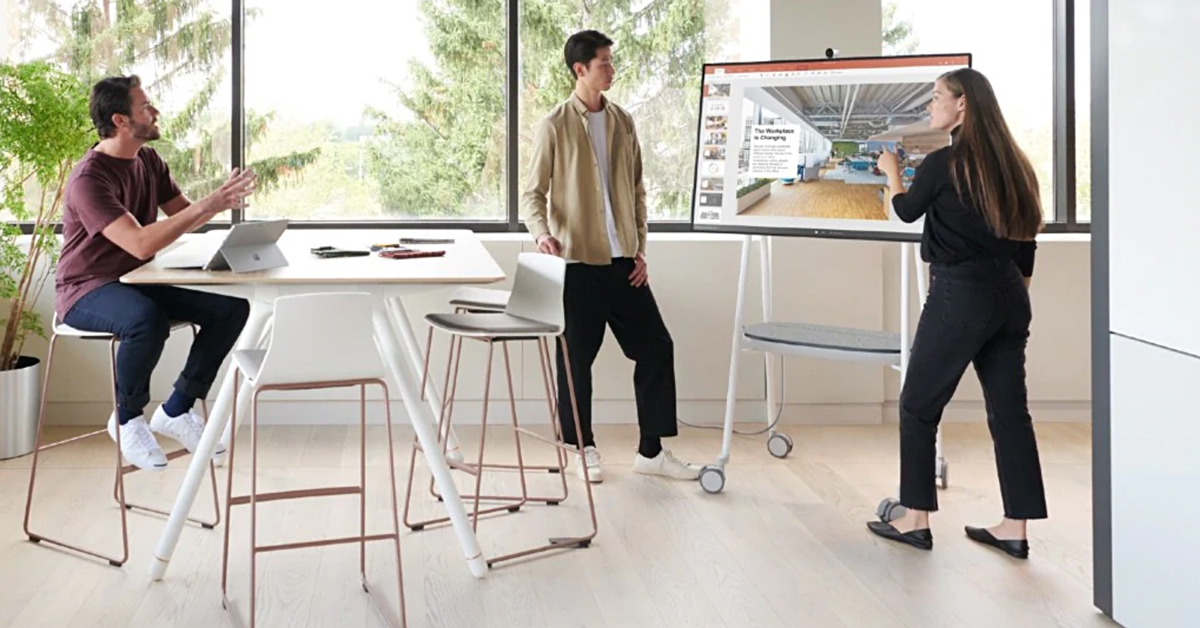Group brainstorming and other types of creative sessions are typically done with all participants in the same room. Having everyone physically present has some advantages compared to online brainstorming.
It is possible to read body language and it is easier to understand each other. Also, comparing product prototypes face-to-face for example is much less challenging than doing it online.
On the other hand, online meetings are mostly very focused since a specific time is blocked in everyone’s agenda. Furthermore, when all data is collected digitally with the right tools, it is easier to document, categorize and save all the data.
Moreover, it makes working with teams in different locations much more straightforward. This not only saves a lot of time and travel; it also makes working internationally much easier and quicker.
What if we combine the benefits of working together in one place with working digitally?
Could this help us to work during the period of social distancing? How do you create the right conditions?
First the set-up. To brainstorm with multiple participants in one room, the following conditions are key:
1 Have a large enough and well-ventilated meeting room
Obvious, however very important: the meeting room should be large enough so that participants are able to maintain the proper distance to each other (depending on your country 1 – 2 meters).
Proper ventilation, either through good air-conditioning or by opening plain old windows, must not be forgotten, either.
2 Use a virtual whiteboard solution
Virtual whiteboards are a godsend in times like these. All participants can now work on the same document at the same time – digitally. Preferably every participant can use this on his laptop or other mobile device even when working in the same room.
Ideally, use a large touch screen as central board. This board is used as the central board for the moderator and can also be used as a drawing board.
Alternatively, you could get away with an extra-large screen (visible to every participant) that displays the moderator’s screen for everyone.
3 Make participants familiar with digital whiteboard
All participants must have access to the digital solution. Make sure that participants are familiar with the software, e.g. by giving a training session a few days before the group brainstorm.
It also gives everyone a chance to get to know each other and the moderator and to understand what is expected from everyone during the brainstorm.
4 Test tools and connections beforehand
The training session mentioned above is a good opportunity to test your tools and connections. Especially when the session will be a combined session of participants in one room and participants on different locations.
When do you profit most from such a set-up? There are multiple opportunities for working creatively in a team while complying with social distancing rules. Almost all well-known workshop activities are possible, e.g.
- Strategy tools like Business Canvas,
- Design tools like Defining Persona’s
- Technical tools like Morphological Mapping
- General tools like a Brainstorm Carrousel
to name a few.
Combining a digital session with having (most) participants physically in the same room catches several birds with one stone.
You can maintain the required social distance, while still being able to read one’s body language.
As with all brainstorming session, it is important to document the session and its outcomes. By having all material digitally, this job has gotten much easier. Just refer to specific parts of your digital whiteboard.
Don’t forget the perhaps biggest benefit of going digital: no more problems with terrible handwriting on post-its 😉
image credits: Microsoft Surface Hub



